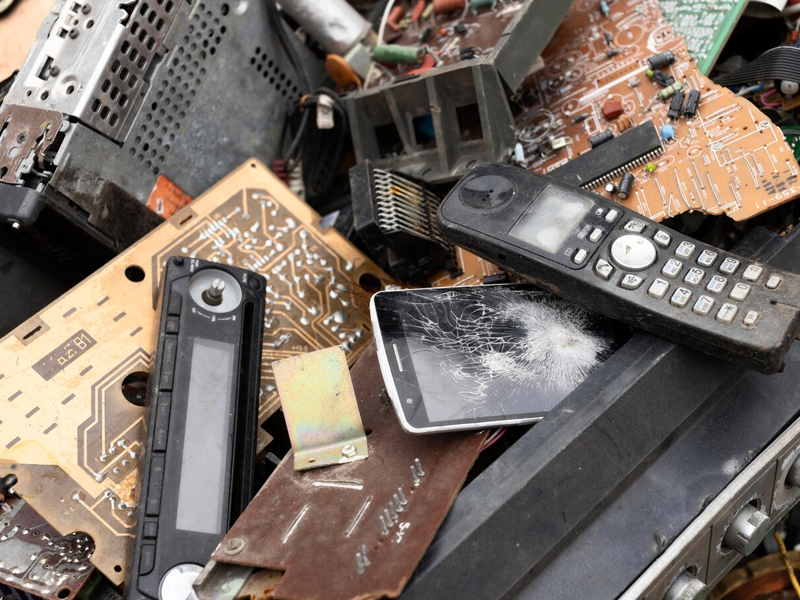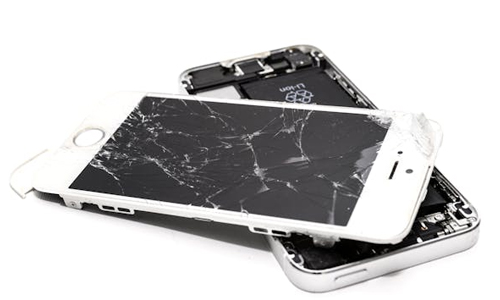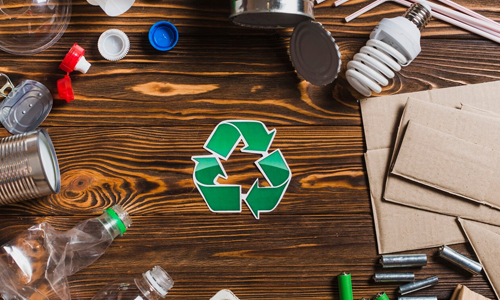Don’t Trash Your Tech! Combating E-waste & Embracing Responsible Gadget Disposal

Tech Gadgets
E-waste: A Looming Threat
 E-waste is the fastest-growing waste stream globally. The Environmental Protection Agency (EPA) estimates that in 2022, the US alone generated a staggering 6.9 million tons of e-waste, with only a fraction being recycled responsibly. This improper disposal has severe consequences:
E-waste is the fastest-growing waste stream globally. The Environmental Protection Agency (EPA) estimates that in 2022, the US alone generated a staggering 6.9 million tons of e-waste, with only a fraction being recycled responsibly. This improper disposal has severe consequences:
Toxic Contamination
E-waste contains hazardous materials like lead, mercury, and arsenic. When dumped in landfills, these materials can leak into the soil and water, contaminating ecosystems and posing health risks.Resource Depletion
Electronic devices are made with valuable resources like rare earth metals. Recycling these materials allows for their reuse, reducing the need for further extraction and minimizing environmental damage associated with mining.Energy Waste
Manufacturing new electronic devices requires significant energy consumption. Recycling existing materials reduces the need for virgin resources, leading to a smaller energy footprint.From Trash to Treasure: The Power of Responsible E-waste Disposal
 The good news is that we can all play a part in mitigating the e-waste problem. Here are some best practices for responsible disposal of your unwanted tech:
The good news is that we can all play a part in mitigating the e-waste problem. Here are some best practices for responsible disposal of your unwanted tech:
Reuse Before You Recycle
Consider if you can extend the life of your device by donating it to a charity, gifting it to someone in need, or repurposing it for another use.Find a Certified E-waste Recycler
Look for reputable e-waste recyclers in your area. These facilities are equipped to handle hazardous materials properly and extract valuable components for reuse. The EPA website offers a helpful search tool to locate certified recyclers.Manufacturer Take-Back Programs
Many tech manufacturers offer take-back programs where you can return your old devices for proper recycling. Check your device manufacturer’s website for more information.Data Security Measures
Before discarding any electronic device, ensure you have properly erased all personal data. This might involve factory resetting the device or using specialized data wiping software.Raising Awareness: Collective Action for a Sustainable Future
 Combating e-waste requires a collective effort. Here’s how you can contribute:
Combating e-waste requires a collective effort. Here’s how you can contribute:
Spread the Word
Talk to friends and family about the importance of responsible e-waste disposal. Share information and resources to raise awareness about this issue.Support Sustainable Tech Brands
Look for companies committed to environmentally conscious practices throughout the product life cycle, including responsible materials sourcing and end-of-life solutions.Advocate for Change
Support policies that promote e-waste recycling and hold manufacturers accountable for the environmental impact of their products.A Brighter Tech Future
By making informed choices about how we dispose of our old gadgets, we can power down the problem of e-waste and contribute to a more sustainable future. Remember, responsible tech disposal isn’t just about decluttering your drawers; it’s about protecting our planet and ensuring a brighter future for generations to come. So, the next time you upgrade your tech, take the responsible route and embrace a greener way to dispose of your electronic devices.Frequently Asked Questions?

01
Internet of Things
The Smart Home Paradox: Energy Efficiency vs. Privacy Concerns
May 20, 2024

01
Mobile Technology
Android Fights Back Against Phone Snatchers with Theft Detection Lock
May 19, 2024

01
AR and VR
Exploring the Real-World Uses of Augmented Reality
May 18, 2024

01
Cybersecurity
Don’t Get Hacked: Update Your LiteSpeed Cache Plugin Immediately
May 16, 2024
SUSBSCRIBE TO OUR NEWSLETTER
Join our subscribers list to get the latest news and special offers.
The Smart Home Paradox: Energy Efficiency vs. Privacy Concerns
Android Fights Back Against Phone Snatchers with Theft Detection Lock
Exploring the Real-World Uses of Augmented Reality
The Industrial Metaverse: Revolutionizing Manufacturing and Beyond